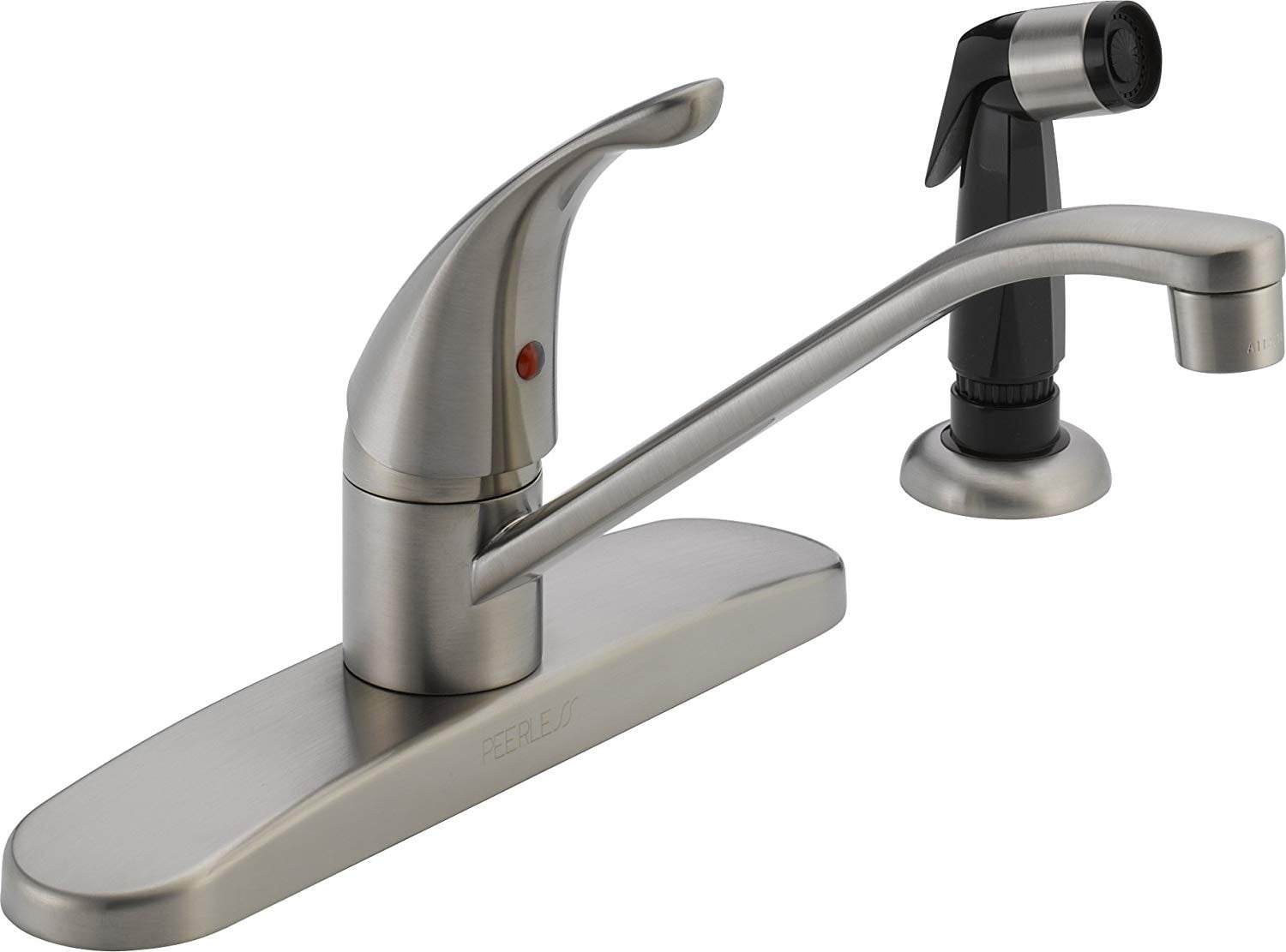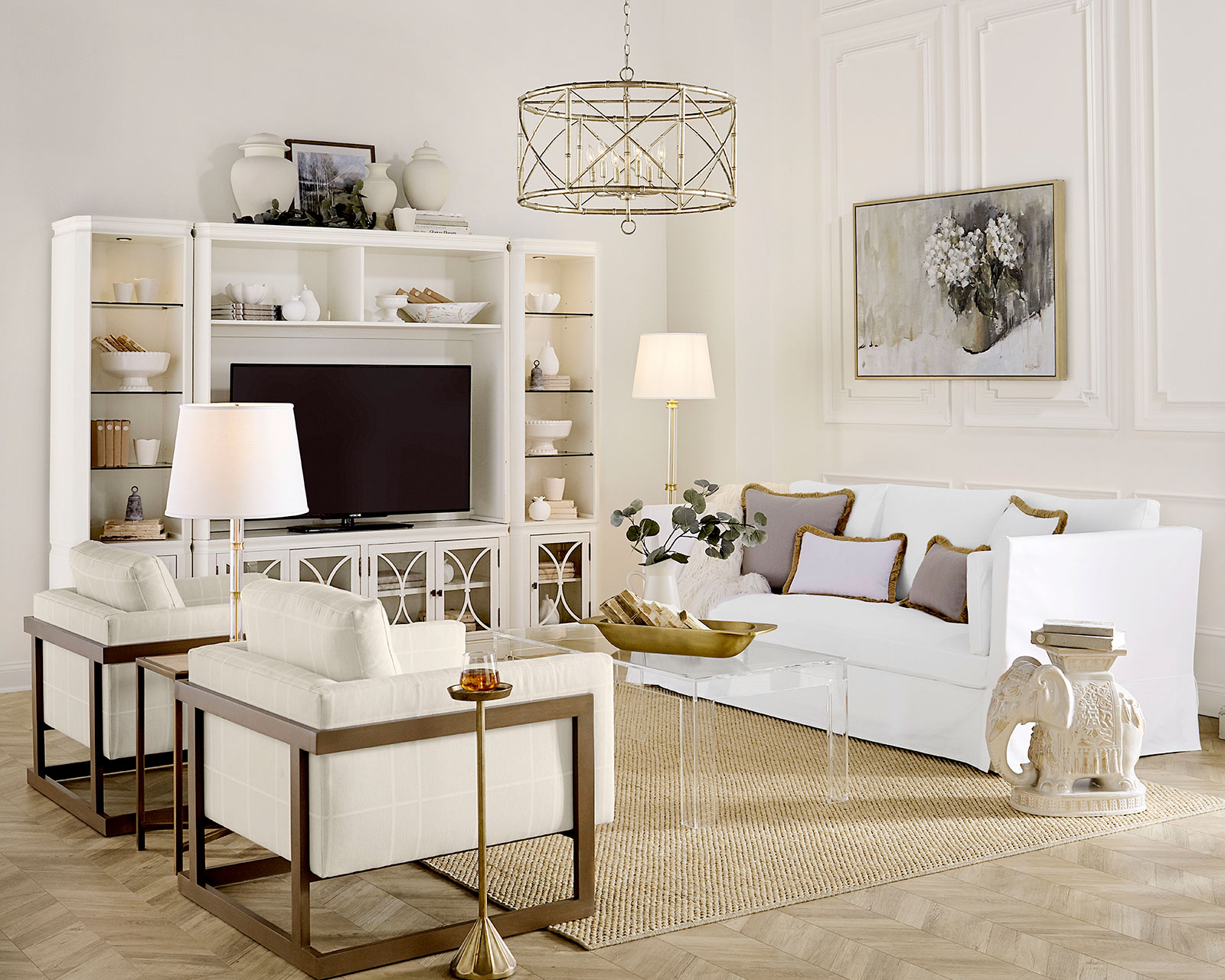Designing a professional baking kitchen requires both skill and ample amount of planning. To get the best results, you need to consider the size and shape of the space, the materials and equipment that you’ll need, and the overall style you want to achieve. Here are the 10 essential elements that must be considered when design your ideal baking kitchen. 1. Storage and space. Your professional baking kitchen should have adequate storage space to accommodate all the baking equipment and ingredients you’ll need. The ideal baking kitchen will also have plenty of counter space and workspace areas. 2. Quality ingredients. In order to get the best results when baking, you’ll need high-quality ingredients. Be sure to invest in quality baking ingredients that produce consistently good results time after time. 3. Appropriate Lighting. The best baking kitchen layout should incorporate the proper lighting. Natural lighting is ideal, but for night baking, ensure you have the usage of bright or dimmable bulbs for ideal outcome. 4. Work surfaces. Professional baking kitchen will need to provide work surfaces and surfaces that are designed to withstand frequent use and contact with heat. Look for heat-resistant countertops and surfaces for food preparation areas. 5. Utensils and cookware. As any seasoned baker knows, it’s essential to have the right utensils and cookware in order to produce amazing baked goods. Invest in quality pieces that won't tarnish or rust easily. 6. Ovens. Of course, your baking kitchen won't be complete without an appropriate oven. Be sure to measure the space before investing in an oven so that you can ensure it will fit properly. Also, pay attention to the power of the oven and select one with a reliable power source. 7. Refrigeration. Although not all baking kitchens will necessarily need a fridge, they are a great addition to any kitchen. Refrigeration will keep all your baking ingredients fresh and help the overall baking process. 8. Ventilation and air flow. When baking, you’ll need to have adequate ventilation for controlling heat and odours. Consider an exhaust fan to help control the air flow and temperature in your baking kitchen. 9. Safety measures. Safety should always be a priority, no matter what type of kitchen you're designing. Consider having a fire suppression system installed in your baking kitchen, as well as a fire extinguisher that's quickly accessible. 10. Equipment. Professional baking kitchens should always have the necessary equipment needed for baking. Be sure to invest in quality tools, including mixing bowls, whisks, electric mixers, cake pans, and other essential items.10 Essential Elements of a Professional Baking Kitchen Design
Designing a baking kitchen from scratch can seem like a daunting task, but it doesn’t have to be. Follow these essential 7 steps to create a baking kitchen that will both meet your needs and look great, too. 1. Measure your kitchen space. Once you’ve decided on the size of your kitchen, it’s important to measure the space accurately so that you know just how much you have to work with. Measure each wall from floor to ceiling as well as the countertop, sink and refrigerator. 2. Decide on a layout. Once you’ve measured the space available, decide on the layout. This will involve choosing if you want an open-plan or closed-plan kitchen, whether you’d like to incorporate a kitchen island and where all the appliances will go. 3. Choose a style and color scheme. Your professional baking kitchen should reflect your personal style, so it’s important to find a look and feel that you really like. Choose a color scheme and materials that tie the design together and be sure to incorporate texture and color for interest. 4. Choose your surfaces. It’s essential to select surfaces that have high heat resistance and are easy to clean. Invest in quality countertops such as marble or granite that can withstand boiling water and cuts. 5. Select your appliances. It’s essential to invest in quality, long-lasting appliances for your baking kitchen. Make sure to measure the space available and select appropriately sized appliances. 6. Decide on your storage solutions. Professional baking kitchens require a great deal of storage for equipment, ingredients and utensils. You’ll need cupboards, shelving and storage compartments, all of which should be easy to keep clean and organized. 7.Look for ways to save energy. Good energy efficiency is important for every kitchen, so see if there are ways to reduce energy consumption in your baking kitchen. Consider LED light bulbs, energy-saving appliances and low-flow taps.7 Essential Steps to Design a Baking Kitchen
Designing a professional baking kitchen can be a challenge, but it doesn't have to be. By following these 7 tips, you can create a space that both looks great and meets all your baking needs. 1. Consider your needs. Before you start the design process, it’s important to consider the specific needs of your kitchen. Think about the type of baking you plan to do, the equipment and utensils you’ll need, the type of ingredients you’ll use, and any other factors that will affect your design. 2. Use ergonomic designs. Ideally, your baking kitchen should be designed with ergonomics in mind. Choose work surfaces that are at a comfortable height, storage solutions that are easy to access, and lighting that doesn’t strain your eyes. 3. Keep clutter to a minimum. Professional baking kitchens require a great deal of storage, but it’s important to keep clutter to a minimum. By investing in well-designed cupboards, drawers, shelves, and other storage solutions, you’ll be able to keep your kitchen organized and tidy. 4. Use colors wisely. While it’s important to use colors to reflect your style, it’s also important to consider the practicality of the colors you choose. Opt for neutral shades that won’t overpower your kitchen, and choose those that will make it easier to keep your surfaces clean and stain-free. 5. Focus on the details. Professional baking kitchens require a great level of detail. Be sure to invest in features such as non-slip flooring, stainless steel handles, and heat-resistant countertops. These little details will make all the difference. 6. Invest in quality. When it comes to designing a baking kitchen, it’s important to invest in quality. Quality appliances, utensils and cookware will ensure that they last for years and produce great results for your baking. 7. Make it family-friendly. While a professional baking kitchen should be designed for what it needs to do, it should also be designed for family use. Look for ways to make it more family-friendly, such as creating dedicated play areas and designating certain sections for entertaining.7 Tips for Designing a Baking Kitchen
Designing a home baking kitchen can be a challenging undertaking, but it’s also an exciting opportunity to create a space that’s both functional and stylish. Here are 9 essential features to consider when designing a home baking kitchen. 1. Airtight storage. Invest in airtight food storage containers of varying sizes for proper food storage. These will help keep your ingredients safe from pests while helping them to stay fresh. 2. Appliances. Select quality appliances that will last for years and will be easy to keep clean. KitchenAid appliances are a great choice for home bakers, as they are reliable and stylish. 3. Utensils and cookware. Look for baking utensils and cookware that won’t corrode or disfigure with prolonged use. Quality stainless steel and silicone are good materials that won’t react with heat. 4. Countertops. Be sure to select countertops that are resistant to boiling water, cuts and other kitchen mishaps. Granite is a great choice, as it is defiant to heat and stains. 5. Lighting. Appropriate lighting is essential for any kind of baking. Natural light is best, but you may need artificial lighting to help you with night baking. 6. Ventilation. Ventilation helps to keep odours and heat at bay, so be sure to install an exhaust fan in your baking kitchen. This can come in handy when preparing multiple batches of baked goods. 7. Safety measures. To protect yourself and your loved ones, be sure to install a fire suppression system and a fire extinguisher in a highly visible location. And be sure to always keep stairways and walkways free of clutter and obstructions. 8. Color scheme. The colors you choose for your kitchen can have a great impact on the overall look and feel. Choose colors that will add interest to the room, but avoid anything too bright that may become overwhelming. 9. Space to move around. If you want to maximize your baking time, make sure to have a dedicated space for motion. This includes pathways from your baking station to the refrigerator and pantry.9 Required Features for Designing a Home Baking Kitchen
Your home baking kitchen should be a place where you can get creative in the kitchen. Follow these 5 tips for decorating a home baking kitchen so that it’s as beautiful as it is functional. 1. Have fun with tiles. Tiles are a great way to add color and pattern to your baking kitchen. Have fun with decorative tiles and mix and match hues and designs to create a unique look. 2. Add art to your walls. Add personality to your baking kitchen with art. Gallery walls will help to bring personality to the room, while glass cabinets can showcase favorite pieces of pottery and bakeware. 3. Invest in plants. Greenery looks great in any kitchen and add life to a baking kitchen. Look for low-maintenance plants, such as air plants or succulents, which don’t require much attention. 4. Create a feature wall. Feature walls are a great way to add visual interest to a baking kitchen. Consider painting a wall with a bright shade to stand out from the rest of the kitchen or display unique pieces of art. 5. Choose lighting wisely. Proper lighting is essential for baking, but it can also be used to create a homey atmosphere. Use decorative lights to add warmth to the room and natural sunlight to make it brighter and airier.5 Tips for Decorating a Home Baking Kitchen
If you’re designing a professional baking kitchen, it’s important to incorporate certain features and qualities. Here are 10 ideas to consider when designing a professional baking kitchen. 1. Design for efficiency. Professional baking kitchens should maximize efficiency and productivity to get the most out of the space. Build efficient work surfaces, create multi-level storage solutions and employ technology to speed up the process. 2. Build with longevity in mind. Professional baking kitchens should be built to last. Invest in high-quality materials that are designed to withstand repeated use and create surfaces that are easy to clean. 3. Incorporate safety features. It’s essential to incorporate safety measures in order to protect yourself, your staff and any patrons. Install non-slip flooring, motion sensors and other safety features in your baking kitchen. 4. Utilize natural lighting. Maximize the use of natural lighting by using large windows and skylights. Natural light not only provides better illumination for baking, but can also be healing and energizing. 5. Design flow. Maximize workflow by arranging the tools and appliances in an efficient manner. Aim to have the natural flow from one area to the next and make sure that any pathways are never blocked. 6. Prepare for the future. Professional baking kitchen should be designed with potential expansion in mind. Ensure that you have the space to add additional appliances or tools in the future. 7. Add storage solutions. Professional baking kitchens should incorporate ample storage solutions for ingredients, utensils and tools. Invest in quality storage solutions that won’t corrode or tarnish easily. 8. Incorporate high-tech features. High-tech features such as motion sensors and digital displays can greatly improve the efficiencies of a professional baking kitchen. Employ these in order to increase output and reduce energy consumption. 9. Focus on the details. In a professional baking kitchen, attention should be paid to the little details. Look for ways to make the kitchen both more efficient and stylish, such as by creating a designated area for pastries.10 Ideas for Designing a Professional Baking Kitchen
The Role of Kitchen Design in Baking
 Baking is just as much an art as it is a science, and the right
kitchen design
can be a major factor in success. Whether you are a professional baker or an enthusiastic home baker, understanding the principles of a well-designed kitchen can help you make sure that the final product meets your standards.
Baking is just as much an art as it is a science, and the right
kitchen design
can be a major factor in success. Whether you are a professional baker or an enthusiastic home baker, understanding the principles of a well-designed kitchen can help you make sure that the final product meets your standards.
Organizational Tools
 Good
kitchen design
should focus on organizing ingredients and tools in a way that maximizes efficiency. Professionals often look to maximize surface space, while keeping their ingredients and equipment within reach. Depending on the size and scope of the baking project, it can be helpful to think about ways to include additional counter space that is dedicated to the task of baking. This could mean adding an extra counter near the oven, or near a refrigerator or sink.
Good
kitchen design
should focus on organizing ingredients and tools in a way that maximizes efficiency. Professionals often look to maximize surface space, while keeping their ingredients and equipment within reach. Depending on the size and scope of the baking project, it can be helpful to think about ways to include additional counter space that is dedicated to the task of baking. This could mean adding an extra counter near the oven, or near a refrigerator or sink.
Optimized Workflows
 It’s important to focus on creating optimized workflows when planning out ideal baking
kitchen design
. Consider the flow of ingredients and tools before you begin—for example, thinking about the route taken to move ingredients from the refrigerator or pantry to the workspace and then to the oven. Minimizing the distance between certain areas of the kitchen, and creating space for items to rest in transit, can help ensure that the most efficient workflow is followed.
It’s important to focus on creating optimized workflows when planning out ideal baking
kitchen design
. Consider the flow of ingredients and tools before you begin—for example, thinking about the route taken to move ingredients from the refrigerator or pantry to the workspace and then to the oven. Minimizing the distance between certain areas of the kitchen, and creating space for items to rest in transit, can help ensure that the most efficient workflow is followed.
Cooling Solutions
 Bakers need to think carefully about the cooling process when planning out their
kitchen design
. An area near the oven is often best for setting aside the baked goods while they cool. This could involve extra surface space near the oven, or a dedicated counter where goods can be set to cool.
Bakers need to think carefully about the cooling process when planning out their
kitchen design
. An area near the oven is often best for setting aside the baked goods while they cool. This could involve extra surface space near the oven, or a dedicated counter where goods can be set to cool.
Safety and Comfort
 Finally, baking
kitchen design
should always be sure to focus on safety and comfort. This means thinking about the types of surfaces and cookware that are being used, as well as the placement of these items and how they can reduce the risk of accidents. This also means creating an inviting, pleasant atmosphere in the kitchen that encourages experimentation and creativity for those who use it.
Finally, baking
kitchen design
should always be sure to focus on safety and comfort. This means thinking about the types of surfaces and cookware that are being used, as well as the placement of these items and how they can reduce the risk of accidents. This also means creating an inviting, pleasant atmosphere in the kitchen that encourages experimentation and creativity for those who use it.


































